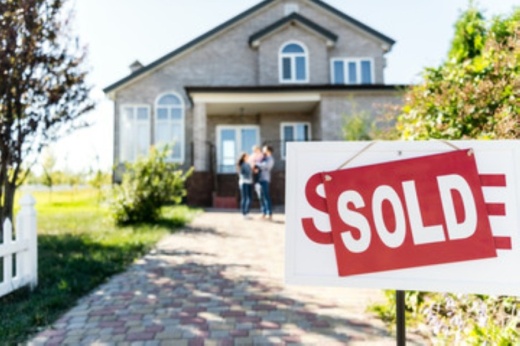In September, while the county saw a 10.2% decline in new listings and a 66.5% drop in active listings, it also saw a 43.8% year-over-year increase in residential sales dollar volume and a 29.4% increase in overall residential sales, data shows.
This is a pattern that is also seen throughout Central Texas.
The five-county area saw a slight increase in new listings at 5% but a drop by 49.9% in year over year in active listings, data shows. In addition, its year-over-year residential sales dollar volume increased by 51.7%, and year-over-year overall residential sales increased by 31.5%, data shows.
ABoR President Romeo Manzanilla said the Austin area housing market is pumping billions of dollars into the economy at a time it is greatly needed, but it is also important to recognize the impact such rapid activity is having on record-low inventory levels and rising home prices, particularly in the suburbs.
“Austin's suburban markets have historically offered housing stock at lower price points that created opportunity for people when buying or renting inside Austin city limits was not an option,” Manzanilla said. “Now, these markets are showing the same gains in prices and declines in inventory as we’re used to seeing inside Austin, putting pressure on the market as a whole.”
The median price in Williamson County rose 9% to $318,050, while the housing inventory declined to 0.8 months of inventory.
In Georgetown, the number of residential sales increased by 32.8% while the dollar volume grew by 50.7%, data shows. The median price saw a 9.7% increase as the months of housing inventory sat at 1.2 months.
Vaike O’Grady, Austin regional director for Zonda, said that because the city of Austin has a limited number of residential lots, developers are forced to move to the suburbs, where land is more available and less expensive. But when it comes to construction in suburban markets, homes simply cannot be put on the ground fast enough to meet demand, she said.
“We need to remove the barriers to new construction and open up more building opportunities across the region to create more inventory for buyers,” O’Grady said. “Austin’s economy is bouncing back better than most cities, allowing more people to make a move to a home that meets their needs. To solve Austin’s housing supply and affordability challenges, we need to commit to streamlined review and approval processes for new construction.”





